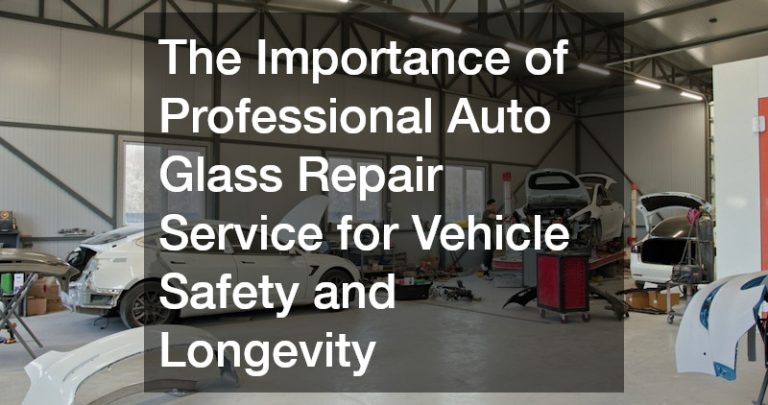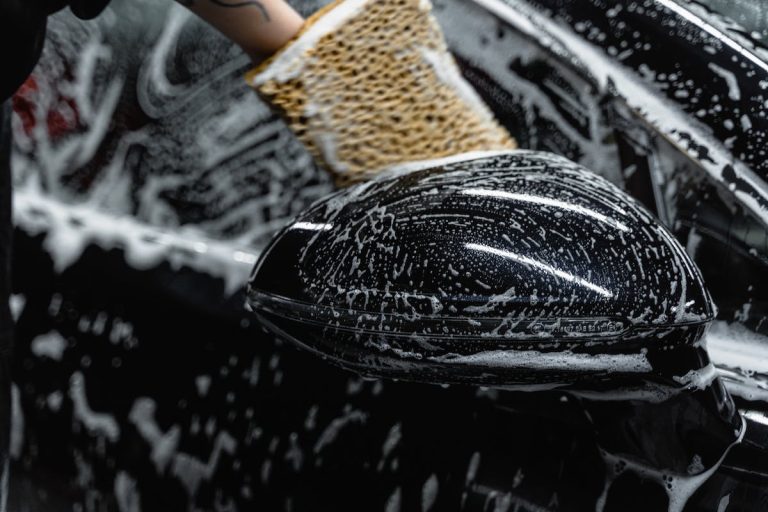A healthy car doesn’t just run better—it lasts longer, performs more efficiently, and costs less to maintain over time. Whether you rely on your vehicle for your daily commute, weekend getaways, or family road trips, taking care of it should be more than an occasional effort. Preventative maintenance and mindful driving habits are the keys to extending the life of your car and avoiding costly repairs down the road. Just like the human body, your car functions best when every part is cared for consistently.
Maintaining a healthy car involves more than the occasional trip to the mechanic. It’s a comprehensive process that includes regular checkups, smart fuel usage, environmental care, and strategic upkeep. By staying proactive, you not only preserve your investment but also ensure smoother drives, fewer breakdowns, and better resale value.
Perform Regular Oil Changes
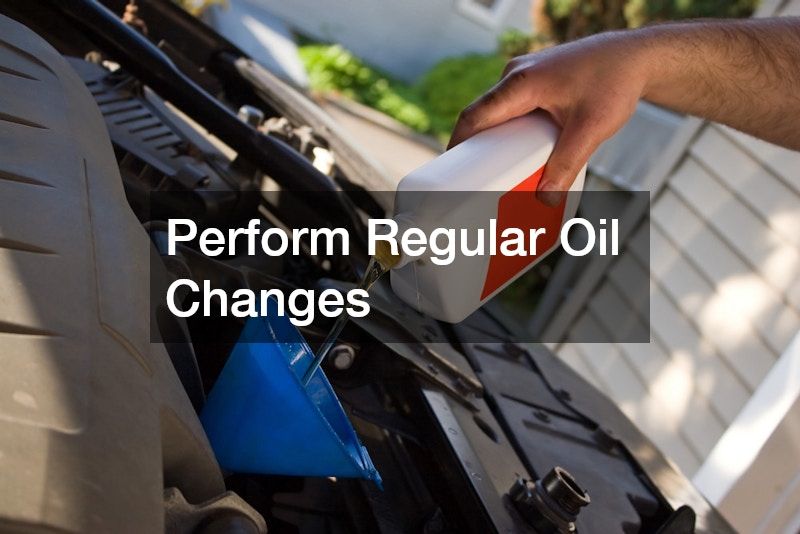
Oil is the lifeblood of your engine. Without clean and sufficient oil, the internal components of your car endure unnecessary friction, wear, and heat damage. Over time, motor oil becomes contaminated with debris and loses its ability to lubricate effectively. Changing your oil on a regular schedule—typically every 3,000 to 7,500 miles depending on your vehicle and driving habits—is one of the simplest and most effective ways to maintain a healthy vehicle. It helps your engine run smoother, prevents overheating, and ensures that other mechanical systems aren’t strained by an underperforming motor.
If you operate a vehicle that runs on diesel fuel, it’s even more critical to stay on top of oil changes, as diesel engines tend to produce more soot and contaminants that can degrade oil faster. Using high-quality oil that meets the specific requirements for your engine type also plays a role in promoting a healthy vehicle. Check your owner’s manual for manufacturer recommendations, and don’t ignore the oil life monitoring system if your car has one.
Monitor Tire Pressure and Tread
Tires are a foundational component of a healthy vehicle, affecting everything from fuel efficiency to handling and safety. Driving on underinflated or overinflated tires not only leads to uneven wear but also puts extra stress on your suspension system and reduces traction. Similarly, worn-out tread makes it harder to stop quickly or maintain control during bad weather. By regularly checking tire pressure and inspecting tread depth, you can extend tire life, improve gas mileage, and enjoy a smoother, safer ride.
In cases where tires are damaged or show signs of slow leaks, timely tire repair can make all the difference. Don’t wait for a blowout or a roadside emergency to address minor issues. Even small punctures or misaligned wheels can impact your vehicle’s overall health. A car requires well-balanced, properly inflated tires with reliable grip. Make it a habit to examine your tires monthly, rotate them as recommended, and have them inspected professionally when in doubt. Prioritizing tire care ensures that your vehicle remains efficient, responsive, and roadworthy for years to come.
Replace Fluids as Needed
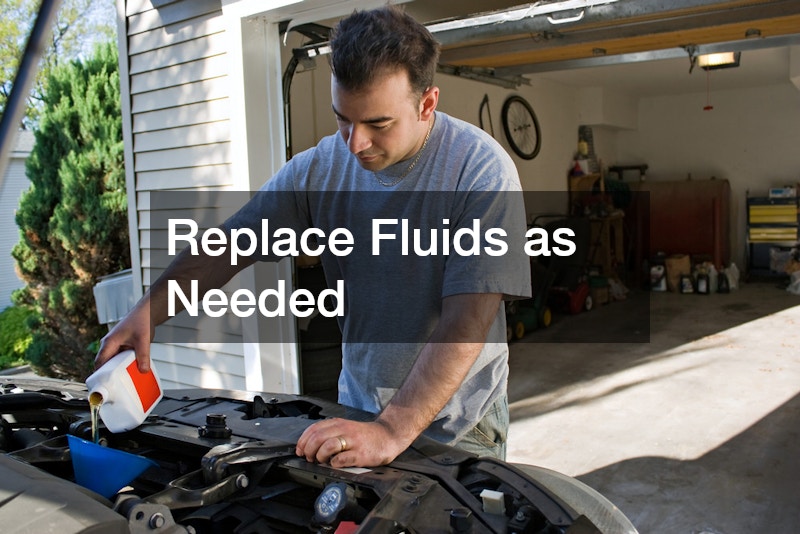
While oil changes tend to get the most attention, your vehicle contains several other essential fluids that need regular monitoring and replacement. Transmission fluid, brake fluid, coolant, power steering fluid, and windshield washer fluid all play crucial roles in how your vehicle operates. Over time, these fluids degrade, become contaminated, or evaporate, which can result in poor performance, system failures, or long-term damage if left unchecked. Making fluid checks part of your routine can prevent unexpected breakdowns and contribute to smoother and safer driving.
Much like how sealcoating helps preserve the integrity of a driveway by protecting it from the elements, replenishing your vehicle’s fluids protects internal systems from wear and exposure. For example, coolant prevents your engine from overheating, and brake fluid ensures reliable stopping power. If you notice any signs like strange smells, a grinding transmission, or sluggish steering, don’t ignore them. These could indicate a fluid-related issue that, if caught early, is often simple and inexpensive to fix.
Inspect and Change Filters
Filters act as silent guardians in your car, trapping debris, dust, and contaminants before they can cause harm. Air filters, cabin filters, fuel filters, and oil filters all have a role in maintaining a healthy car by protecting vital systems from dirt and particles that compromise efficiency. When these filters become clogged, airflow is restricted, fuel delivery is hindered, and engine performance suffers. Regularly inspecting and replacing filters helps maintain optimal operation and prevents long-term damage to your engine and climate systems.
Just as garage doors serve as the protective barrier to your home, filters serve as the first line of defense within your vehicle. Changing your air filter ensures the engine gets the clean air it needs for combustion, while a fresh cabin filter keeps your car’s interior air breathable and free of allergens. Fuel and oil filters preserve the quality of those systems and contribute to smoother driving and longer engine life. Depending on your driving environment, especially if it’s dusty or polluted, filters may need more frequent attention. A healthy vehicle breathes clean, and maintaining its filters ensures that every drive is safe and efficient.
Check and Maintain the Battery
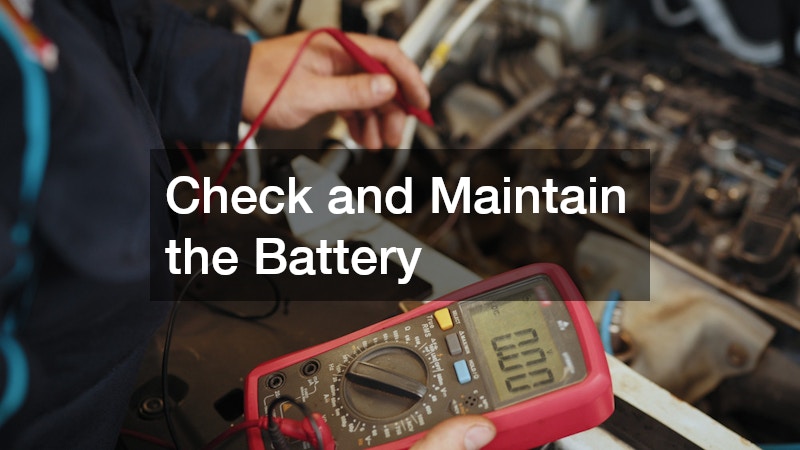
Without a functioning battery, your vehicle won’t even start—making it a non-negotiable component of a healthy car. The battery powers everything from the ignition to onboard electronics, and over time, it can lose charge, corrode at the terminals, or suffer from internal failures. Regularly inspecting your battery, especially before winter or summer extremes, helps prevent surprises. Look for signs like slow cranking, dim lights, or dashboard warning signals, and test the battery’s charge at least twice a year to stay ahead of potential problems.
Ignoring battery issues can quickly leave you stranded and in need of a tow truck. Instead of waiting until that happens, take proactive steps to maintain your battery’s health. Clean off corrosion with a wire brush and baking soda solution, ensure the cables are tight, and check fluid levels if applicable. If your battery is more than three years old, have it professionally tested or replaced as needed. A healthy car is one that starts every time you turn the key, and keeping the battery in good shape ensures reliability no matter the season or distance.
Keep the Engine Tuned
A well-tuned engine is the heart of a healthy car. When your engine runs smoothly, fuel efficiency improves, emissions decrease, and performance stays consistent. Tuning an engine includes adjusting or replacing spark plugs, cleaning fuel injectors, inspecting timing belts, and recalibrating the electronic control system if needed. Regular engine tune-ups not only prevent small issues from turning into major repairs but also enhance your vehicle’s overall lifespan. Ignoring engine health can lead to poor acceleration, stalling, and increased fuel consumption—all signs that attention is overdue.
If you’ve ever needed emergency towing because of sudden engine trouble, you know how important preventative tuning can be. Scheduling routine tune-ups based on manufacturer guidelines helps catch hidden problems early—such as worn ignition coils or misfiring plugs. These issues are often easy to fix when identified in time, but can lead to full engine failure if neglected. A healthy car depends on a responsive and reliable engine, and by staying proactive with tune-ups, you reduce the risk of breakdowns and keep your vehicle performing at its best every mile of the journey.
Follow the Manufacturer’s Maintenance Schedule
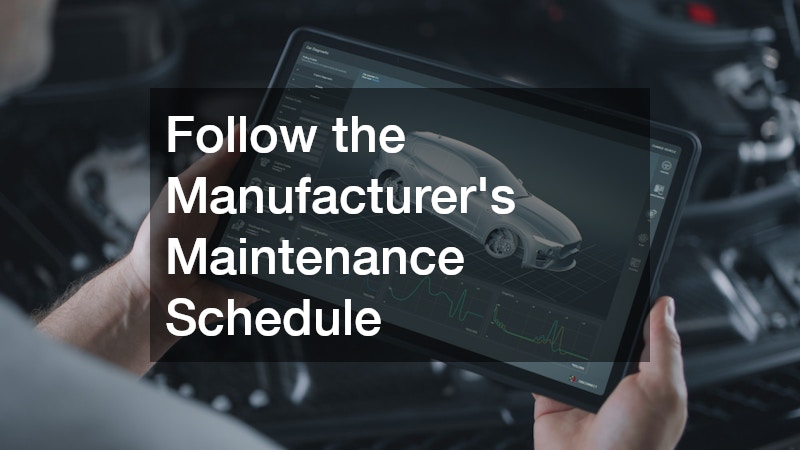
Every car comes with a maintenance schedule tailored to its specific design, materials, and technology. This schedule outlines when to replace parts, check systems, and perform routine services to keep your car operating at peak performance. Following these intervals closely is one of the most dependable ways to maintain a healthy vehicle, as it reflects the manufacturer’s understanding of how wear and tear typically unfold over time. Skipping or delaying scheduled maintenance can void warranties, reduce efficiency, and lead to premature aging of your vehicle.
Think of your maintenance schedule as a blueprint—much like the detailed plans a paving company follows to build a durable, long-lasting road. When followed step-by-step, the results are smooth, stable, and reliable. Key services like timing belt replacement, brake inspections, or transmission servicing are timed to prevent costly damage before it happens. A healthy car doesn’t just rely on guesswork—it runs best when cared for according to expert recommendations. Keep a maintenance log and set reminders to stay on track with the timeline that supports long-term automotive health.
Wash and Wax the Exterior Regularly
Keeping your vehicle clean isn’t just about appearance—it’s about preservation. Dirt, road salt, bird droppings, and environmental pollutants can all eat away at your car’s paint and undercarriage, leading to rust and corrosion over time. Regular washing helps maintain a healthy vehicle by removing harmful substances before they cause damage. Waxing adds an extra layer of protection, shielding your car’s finish from UV rays, moisture, and chemical exposure. Together, these simple tasks help retain both beauty and value.
Just as parking lot resurfacing prevents cracks and deterioration in heavily used areas, washing and waxing prevent exterior wear on your car caused by daily driving. A neglected exterior can lead to more than cosmetic issues—rust can spread to structural components and create safety concerns. Make a habit of washing your car every two weeks and waxing every few months, especially if you live in a coastal or snowy region. A healthy car looks just as good as it drives, and exterior care ensures that your vehicle remains polished, protected, and structurally sound.
Protect the Interior from Wear
Maintaining a healthy car isn’t just about what’s under the hood—it’s also about preserving the interior where you spend your time. Over the years, heat, UV rays, spills, and friction can wear down upholstery, crack dashboards, and degrade your vehicle’s overall comfort. Using sunshades, seat covers, and floor mats can make a big difference in preserving the condition of your car’s interior. Keeping it clean and clutter-free not only improves aesthetics but also contributes to better air quality and a more enjoyable driving experience.
Much like how driveway gates protect the entrance to a property and add a touch of polish, safeguarding your car’s interior enhances its long-term appeal and value. Conditioning leather seats, vacuuming carpets, and using UV protectant on surfaces help fight the daily wear caused by environmental exposure and regular use. A healthy vehicle reflects care in every detail—from a smooth engine to a fresh and functional interior. By investing time into interior maintenance, you ensure your vehicle remains as comfortable and dependable as the day you bought it.
Drive Responsibly to Reduce Wear
How you drive plays a major role in how long your car lasts. Aggressive acceleration, sudden braking, speeding over potholes, and sharp turns all put unnecessary strain on your vehicle’s engine, transmission, brakes, and suspension. Practicing smooth, controlled driving habits helps maintain a healthy vehicle by reducing mechanical stress and minimizing the chance of damage. Being a mindful driver doesn’t just protect your car—it keeps you safer and reduces the frequency of repairs.
Consider how line striping on roads guides and protects vehicles by promoting orderly traffic flow. In the same way, responsible driving creates a structure for vehicle longevity. Coasting to stops, easing into acceleration, and avoiding road hazards can preserve everything from your tires to your fuel system. Cars benefit from a steady and predictable driving style, which not only reduces long-term wear but also improves fuel economy and extends the lifespan of major components. Consistent care behind the wheel pays dividends over time.
Health in the Long Run
Owning a car isn’t about luck—it’s about consistency, care, and attention to detail. Every component, from the battery to the tires, requires maintenance and respect to function at its best. Routine actions like checking fluids, tuning the engine, and protecting your interior aren’t just chores—they’re investments in reliability, performance, and safety. The more effort you put into prevention, the less you’ll have to spend on repairs or replacements down the road. A healthy vehicle is one that you can trust, day in and day out, to get you where you need to go without stress or surprise.


